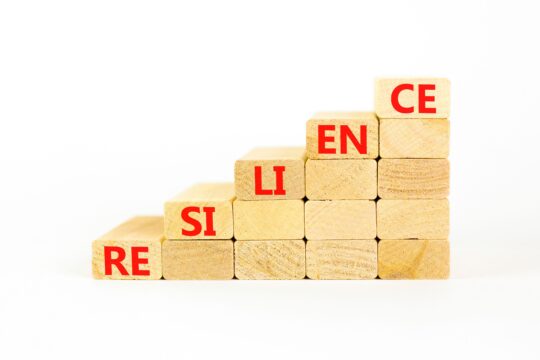To help each individual student reach their fullest potential, teachers should try differentiated instruction strategies. These educational techniques accommodate each student’s learning style, readiness, and interest. Differentiated instruction strategies use a variety of educational methods to teach students the same information. These techniques may also require teachers to teach content at varying levels based on students’ readiness. The goal of differentiated instruction strategies is to ensure that all students are engaged in the learning process by providing tasks that match each individual’s needs.
Differentiated Instruction Strategies
Teachers differentiate instruction through a variety of different ways: flexible grouping, learning centers, and independent study, to name a few. Here we will take a look at each of them.
Flexible Grouping
Flexible grouping allows students to work in groups with peers who are both similar and dissimilar to them. Teachers use flexible grouping because it provides students with the opportunity to work with others that have similar learning styles, readiness, or interests, or to learn from others with differences. Depending upon the purpose of the lesson, teachers can plan their activities based on a student’s attributes, then use flexible grouping to group students accordingly.
The key to flexible grouping is to make sure that the groups are not static. Teachers must continually conduct assessments throughout the school year and move students among the groups as they master skills. Oftentimes teachers tend to group students according to their ability in the beginning of the school year and then never change the makeup of the groups. This is not an effective technique, and this stagnation will only hinder a child from progressing.
Learning Centers
Learning centers are stations that contain a variety of materials where students can explore topics or practice skills on their own. By their very nature, they are flexible and can address many learners’ needs. With a few adjustments, they can be a great way to differentiate instruction. Teachers can design centers with different levels of complexity or for different subject areas.
Learning centers offer teachers the opportunity to present the same information in a variety of different ways that engage all students. Whenever an educator presents information that engages all modalities, it increases the chances that he or she will reach every student in the class.
Independent Study
An independent study is designed for students (usually older ones) that have mastered content. It is best when based on a student’s personal interest (say, advanced journalism), and it tends to be more effective when the student chooses the topic. In order for an independent study to be successful, the teacher needs to be sure the student or students are proficient in the skills that are required to complete the study.
To help students choose a topic of study, it is wise to conduct an interest survey before they begin. Then, to ensure a successful study, teachers need to go over the skills students need to complete the task, as well as lay out expectations to help them stay on track.
Tiered Assignments
Tiered assignments are a series of related tasks varying in complexity. The activities relate to the students’ readiness levels and key skills that they need to acquire. Both formal and informal assessments must be given to determine the level of understanding a student has on the subject matter.
Activities can be designed for small groups or individuals. Many teachers find that this differentiated instructional strategy is a great way for students to reach the same goals by taking into account each student’s individual needs.
Adjusting Questions
An easy way teachers can help students is to adjust discussion questions according to the students’ readiness or ability levels. Teachers adjust their questions and level of complexity based on what fits that particular child. Teachers use Bloom’s Taxonomy to develop queries from the very basic to the more advanced. This is a great way for teachers to design a more effective curriculum for students at different places on the learning spectrum.
Choice Activities
When students are given a choice of what they want to learn, it can be a great motivator. Teachers can give options based on student interest or learning style. They can also be given choices as to what will be learned or how they will learn the information. Options can include activities, learning centers, independent study, small groups, or others. Choice activities are well-known for improving students’ motivation based on their own needs.
Differentiated instruction takes a lot of planning on the teacher’s end, but the benefits far outweigh the stress. With continuous assessment and the use of multiple teaching strategies, educators can accommodate all their students’ learning styles. In the end, the main goal is to strive to engage all learners by attempting to match their needs.




